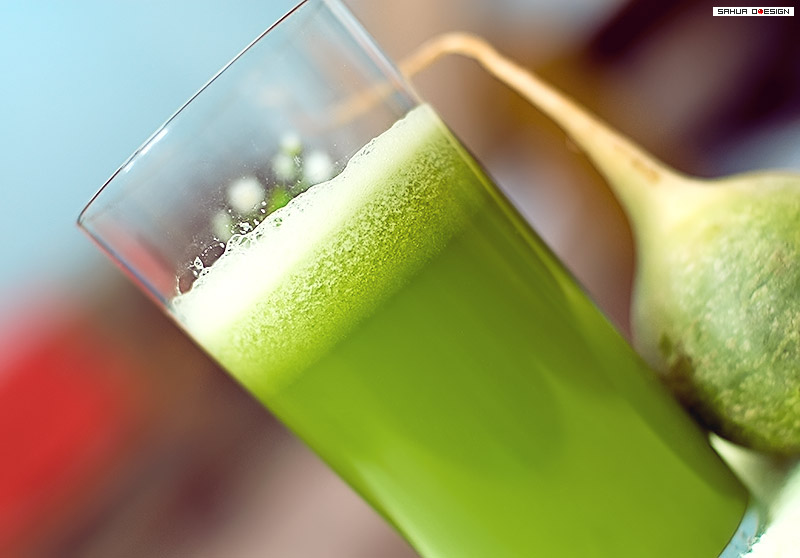Print Edition: January 29, 2014

Although cleanses have been around for centuries, they have only recently gained enormous popularity in North American society. In India, internal cleansing has been practised by Yogis for generations, and Europeans similarly used sauna sessions as a way to detoxify. For centuries across the globe, different cultures have creatively discovered natural and chemical-free ways to help their bodies move toward complete internal health.
Most cleanses today encourage large amounts of fluids, fruits, and veggies; some are entirely based upon liquids. Juicing cleanses gained immense popularity in the past year. The juice involved in these cleanses is pressed from whole, raw fruits and vegetables. They are void of added sugars, chemicals, or preservatives, but instead offer nutrients in nature’s purest form.
So why juice? It’s almost impossible for us to be overloaded in the vegetable department, yet all too easy to be lacking. By primarily juicing vegetables with fruit for added sweetness, all of the plants’ body-benefiting nutrients and minerals are concentrated into the resulting juice. Juicing breaks down the plants so that the nutrients alone, minus the insoluble fibre, are left in the juice. By drinking the fruit and vegetable nutrients directly, our digestive systems are able to take a much-needed vacation from their duties. Our bodies are able to reap the benefits of the plants’ nutrients without having to break them down.
It’s no secret that freshly pressed juice is pure heaven for our bodies. Kale, spinach, carrots, and beetroots are some of the most popular vegetables to juice, each mineral-rich and packed with vital nutrients.
But while the benefits of juice cleanses may sound wonderful, they come with a catch that poses a difficult obstacle. Juicing fresh fruit and vegetables can be very time-consuming and pricey. Some juice recipes call for 20 apples, while others list seven mangos, amongst other ingredients in the recipe. For those of us on student budgets, a $300 juicer isn’t quite at the top of the list of needs. If juicing isn’t an option, how can we cleanse our bodies from the inside out without breaking the bank?
Just as juicing uses whole fruits and veggies to cleanse our internal system, our daily diet can do just that — no juicer necessary. Instead of offering realistic lifetime health solutions, juice cleanses only focus on three to 14 days of diet change. While juicing has the potential to transform some, many people complete a juicing diet only to turn back to French fries and chocolate bars the next day.
The solution to this is to work on cleansing our bodies daily, not as part of a specialized diet, but as a way of life. I firmly believe little steps over time can have a huge impact. Sipping on lemon water is an excellent place to start. Simply squeeze half a lemon into a pitcher of water and enjoy throughout the day. Lemon water works wonders at stimulating and purifying the liver. A detox bath is another way to aid your body’s natural detox system and also end the day in relaxation. Add some skin-softening baking soda to your next bath. This will help neutralize any chemicals found in the bathwater and prevent them from entering your system.
One of the best ways we can cleanse our bodies daily is by incorporating foods that naturally flush toxins out of our bodies. Apples, avocado, and grapefruit are some of the best foods to chow down on and give your body an internal cleanse — without juicing a single thing.

